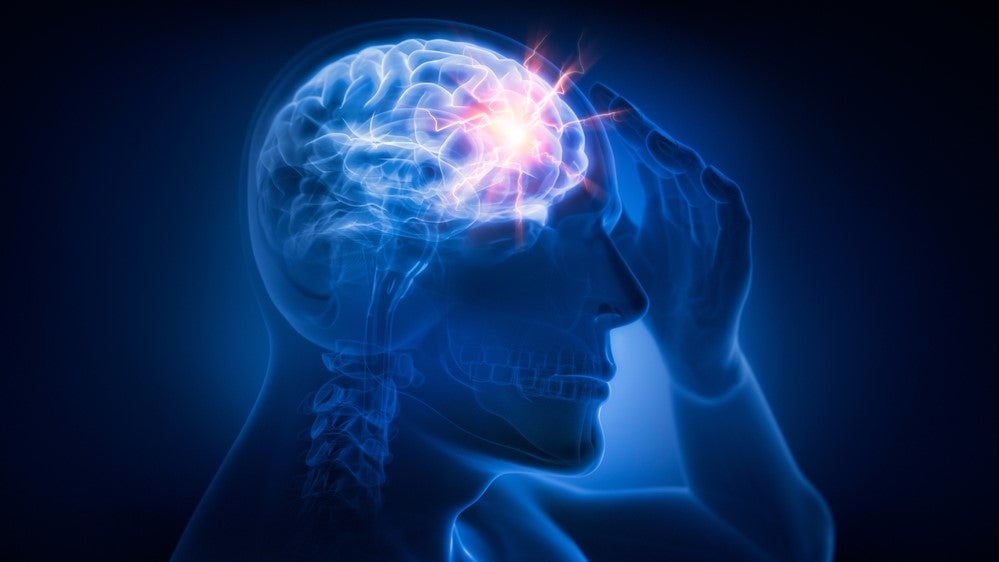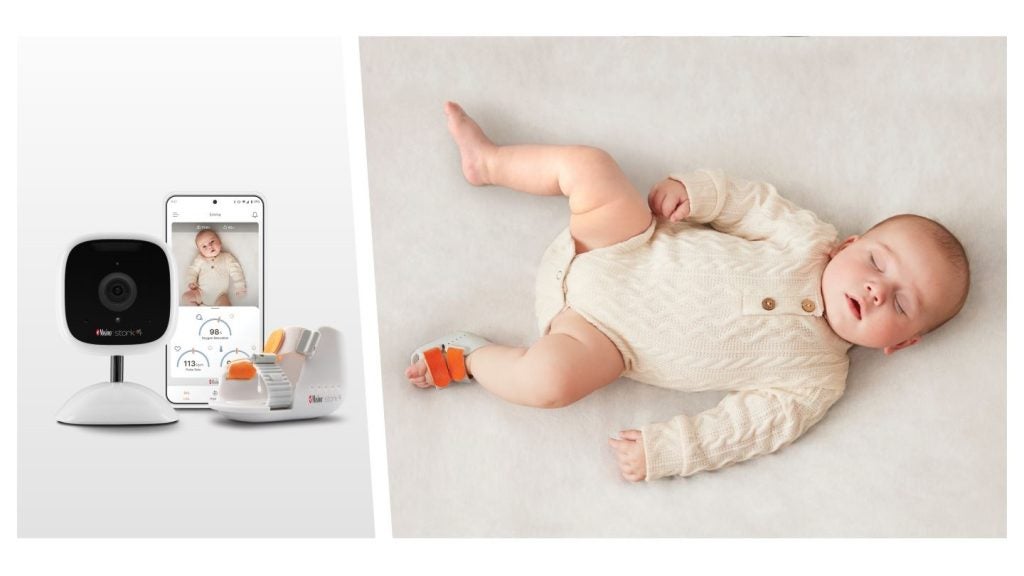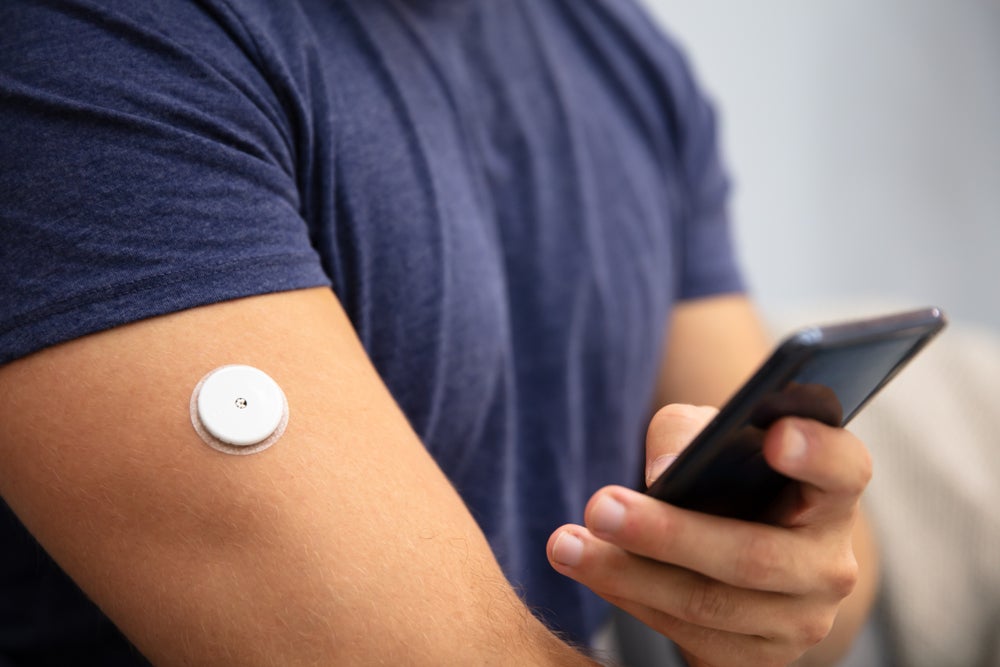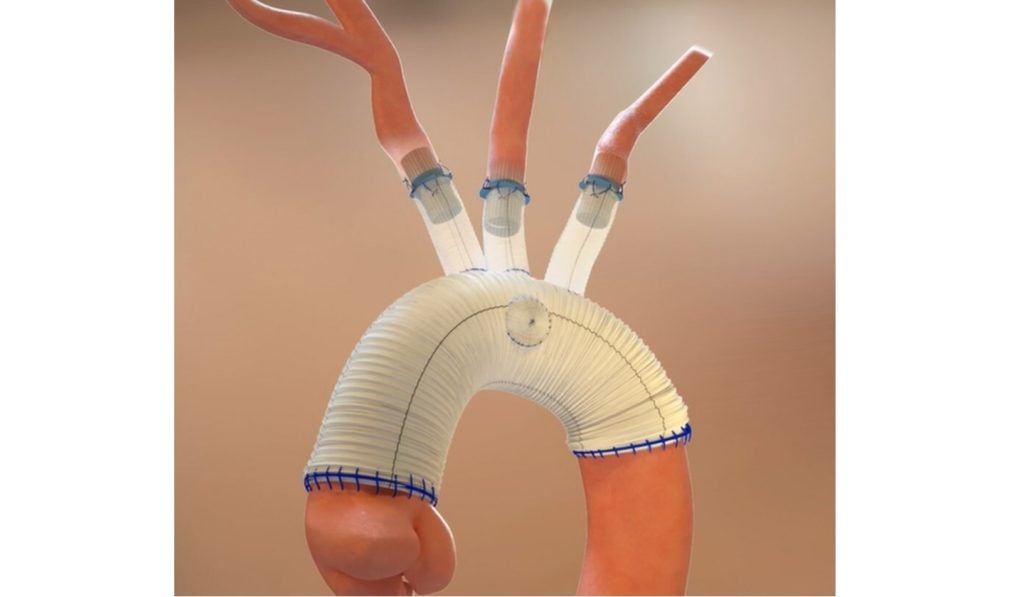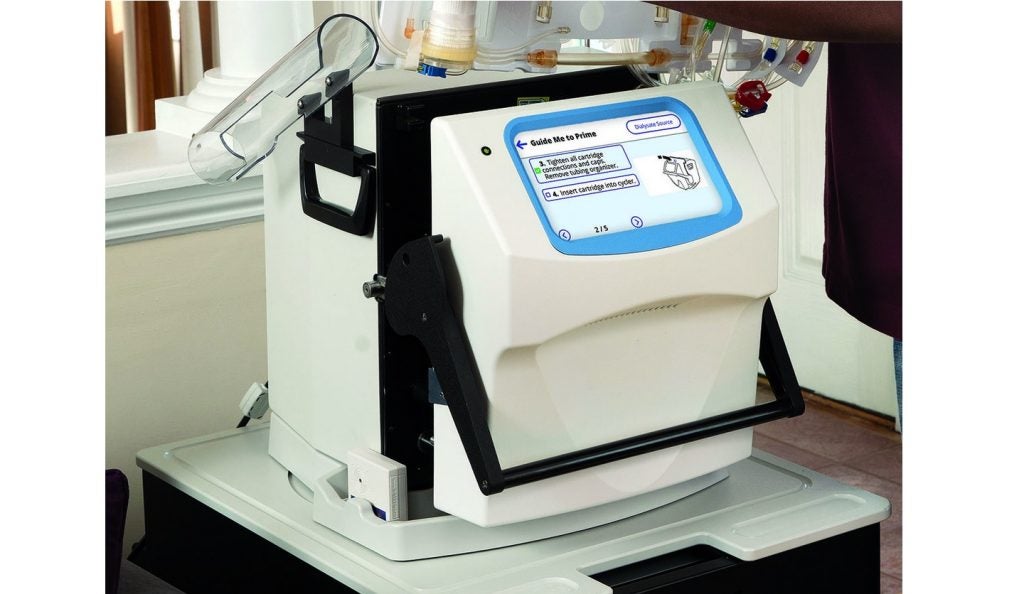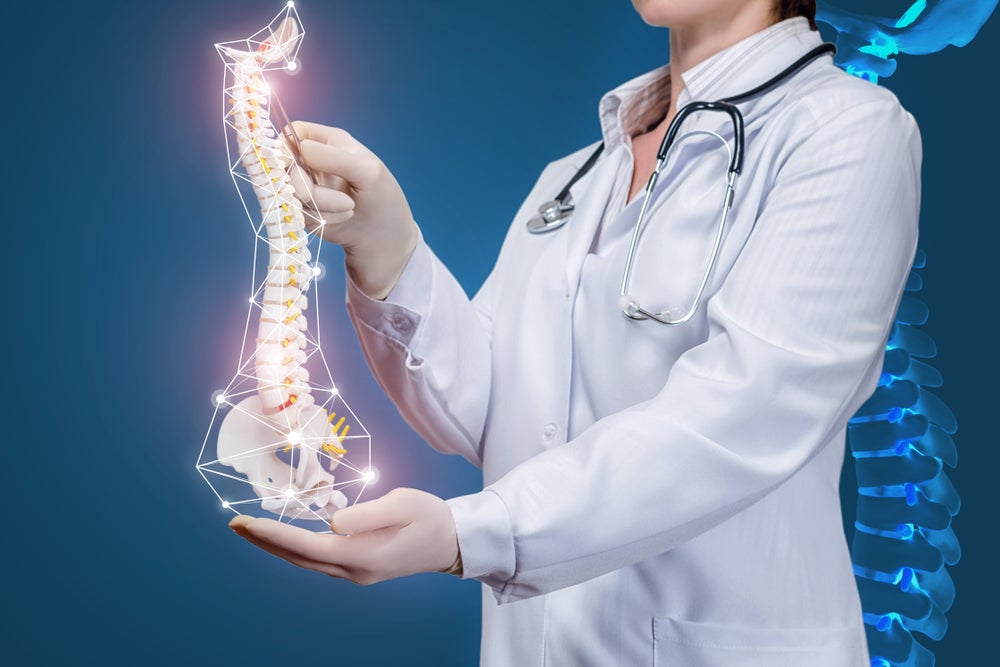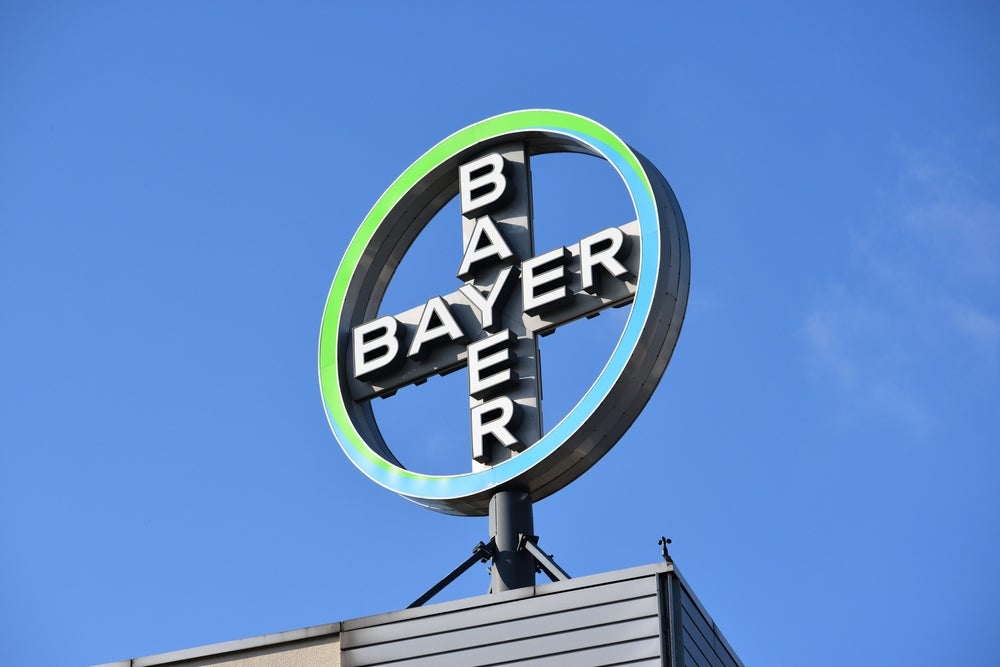The first patient has been implanted with Salvia BioElectronics' paper-thin neuromodulation device for the treatment of severe migraine and cluster headaches.
The Dutch start-up’s implantable neurostimulation system was granted breakthrough device designation by the US Food and Drug Administration (FDA) in 2020.
The Salvia device consists of paper-thin bioelectronic foils that conform to the patient’s head when implanted, delivering electrical pulses. As migraines and cluster headaches are linked to increased sensitivity in parts of the brain, electrical pulses delivered by the neuromodulation device restore balance and relieve the headaches.
A 29-year-old Australian woman was the first patient to be treated as part of the clinical trial for the device. The patient reported improvement in the frequency and intensity of her headaches immediately following the treatment.
Migraine treatment through neuromodulation is a relatively new treatment, with only a few devices currently on the market. Theranica Bioelectronics’ smartphone-controlled wearable neuromodulation device, Nerivio, was granted De Novo approval by the FDA in 2019. The device is available in the US by prescription only, for both adolescent and adult populations.
Other neuromodulation devices in development include Nexalin Technology’s second-generation device, which is currently in a Phase II (NCT04828707) trial. The company reported positive data from 40 patients showing improved migration control with the device, compared to placebo.
First developed for treating major depression, the implantable neuromodulation devices are set to experience market growth. GlobalData has forecasted the implantable vagus nerve stimulation (VNS) device market to grow from $679m in 2022 to up to $1.27bn in 2033.


